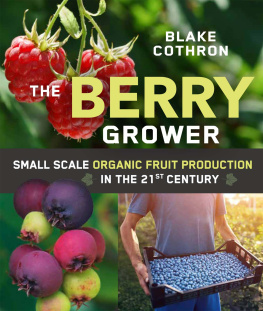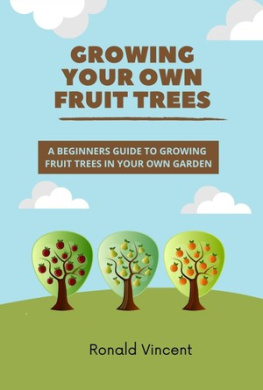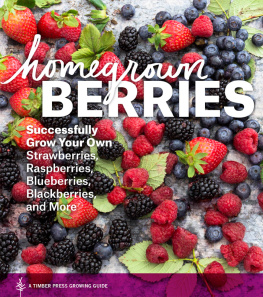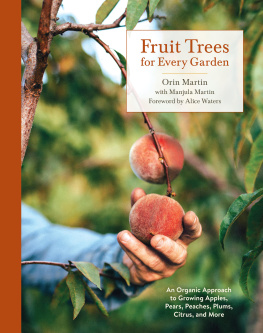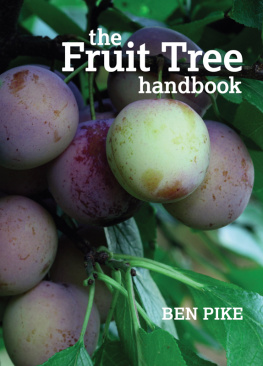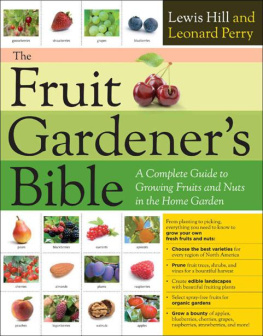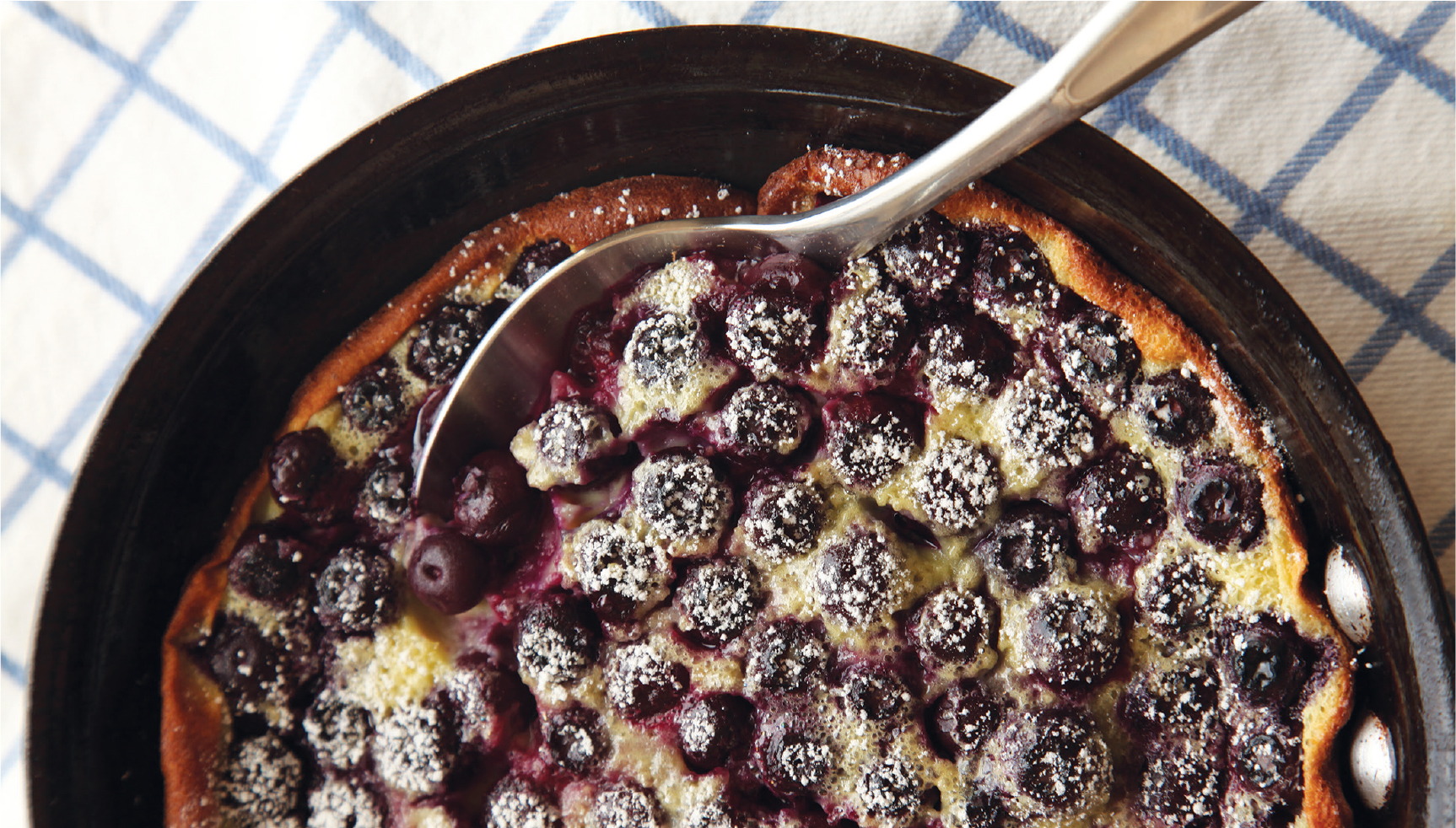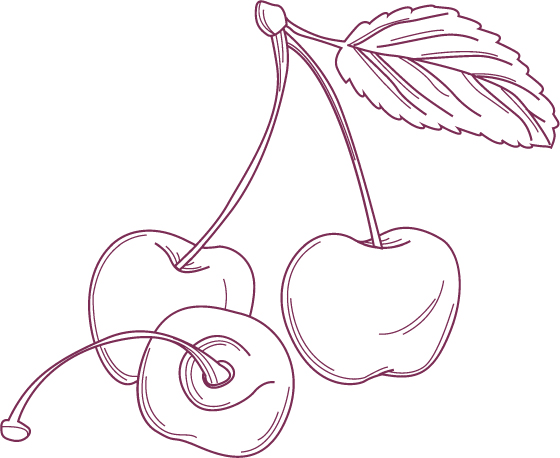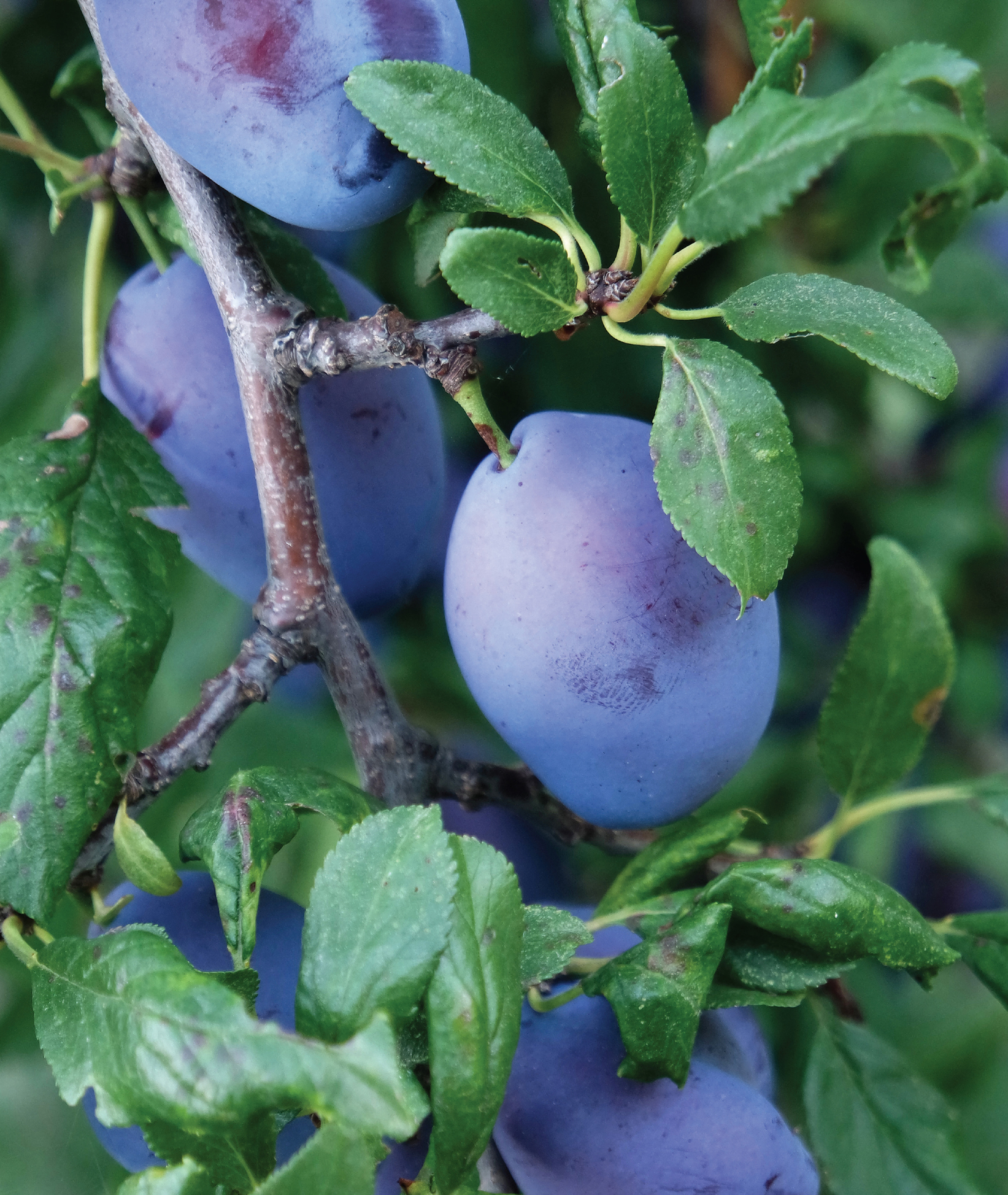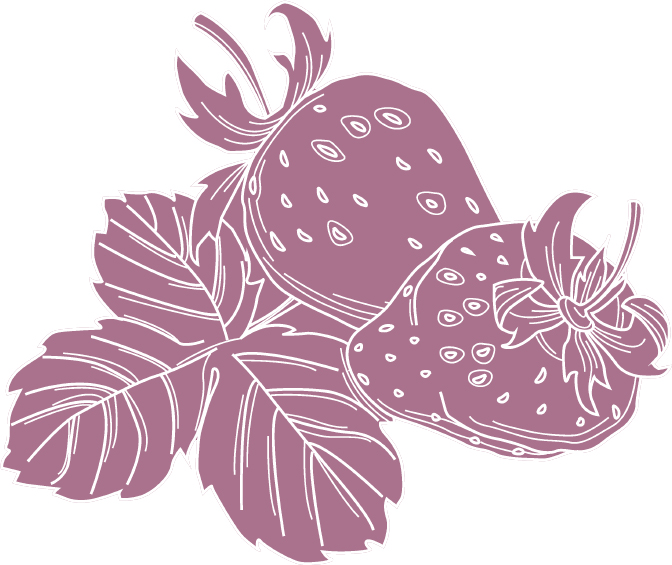Contents
Landmarks
Print Page List
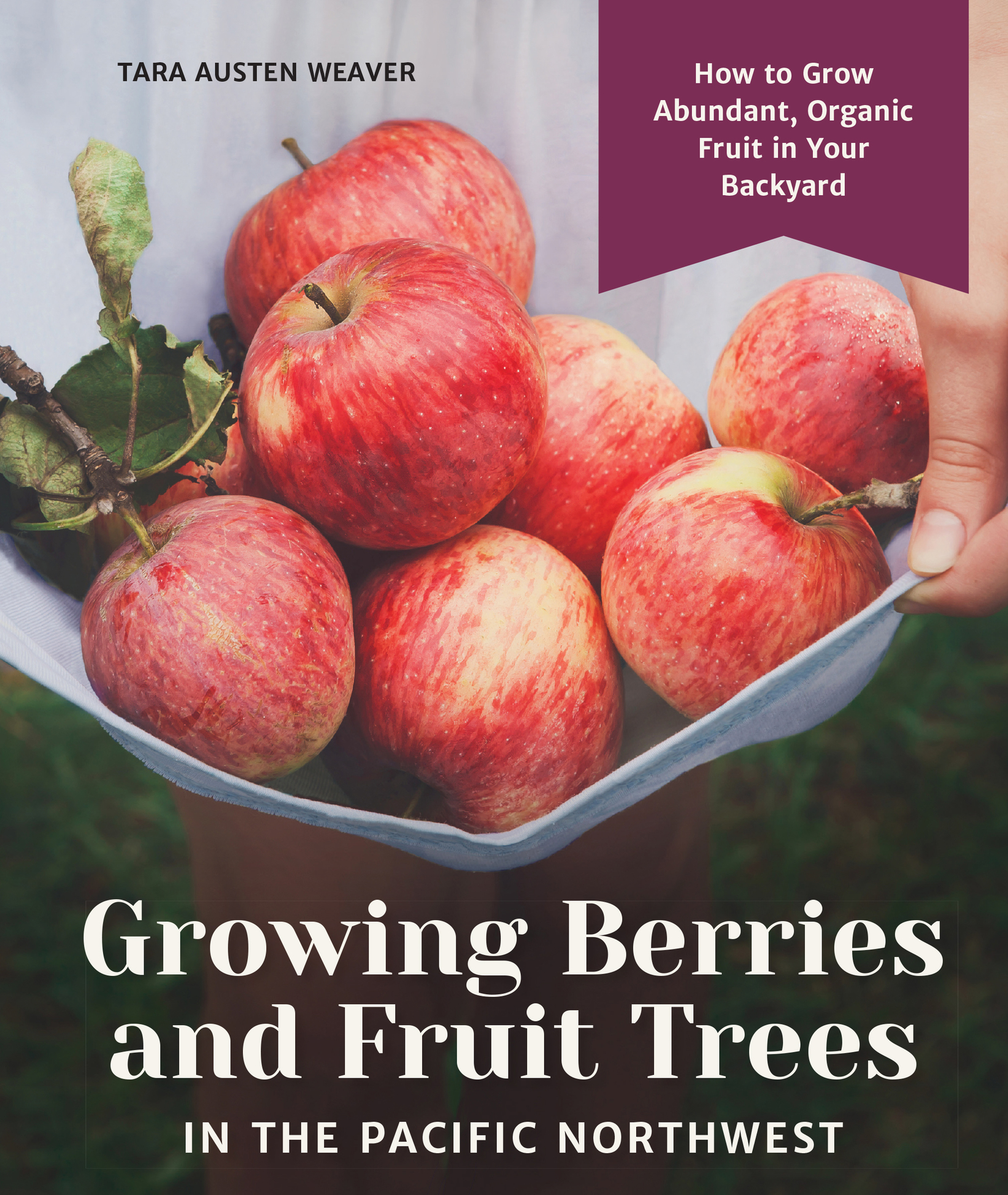

Copyright 2019 by Tara Austen Weaver
All rights reserved. No portion of this book may be reproduced or utilized in any form, or by any electronic, mechanical, or other means, without the prior written permission of the publisher.
Published by Sasquatch Books
Editor: Hannah Elnan
Production editor: Bridget Sweet
Design: Bryce de Flamand
Copyeditor: Jeanne Ponzetti
Library of Congress Cataloging-in-Publication Data
Names: Weaver, Tara Austen, author.
Title: Growing berries and fruit trees in the Pacific Northwest : how to grow abundant, organic fruit in your backyard / Tara Austen Weaver.
Description: Seattle, WA : Sasquatch Books, [2019]
Identifiers: LCCN 2018014483 | ISBN 9781632171559 (hardcover)
Subjects: LCSH: Fruit-cultureNorthwest, Pacific. | BerriesNorthwest, Pacific. | Fruit treesNorthwest, Pacific. | Cooking (Fruit)
Classification: LCC SB355 .W37 2019 | DDC 634.09795dc23
LC record available at https://lccn.loc.gov/2018014483
ISBN:9781632171559
Ebook ISBN9781632171566
Sasquatch Books
1904 Third Avenue, Suite 710
Seattle, WA 98101
(206) 467-4300
SasquatchBooks.com
v5.4
a
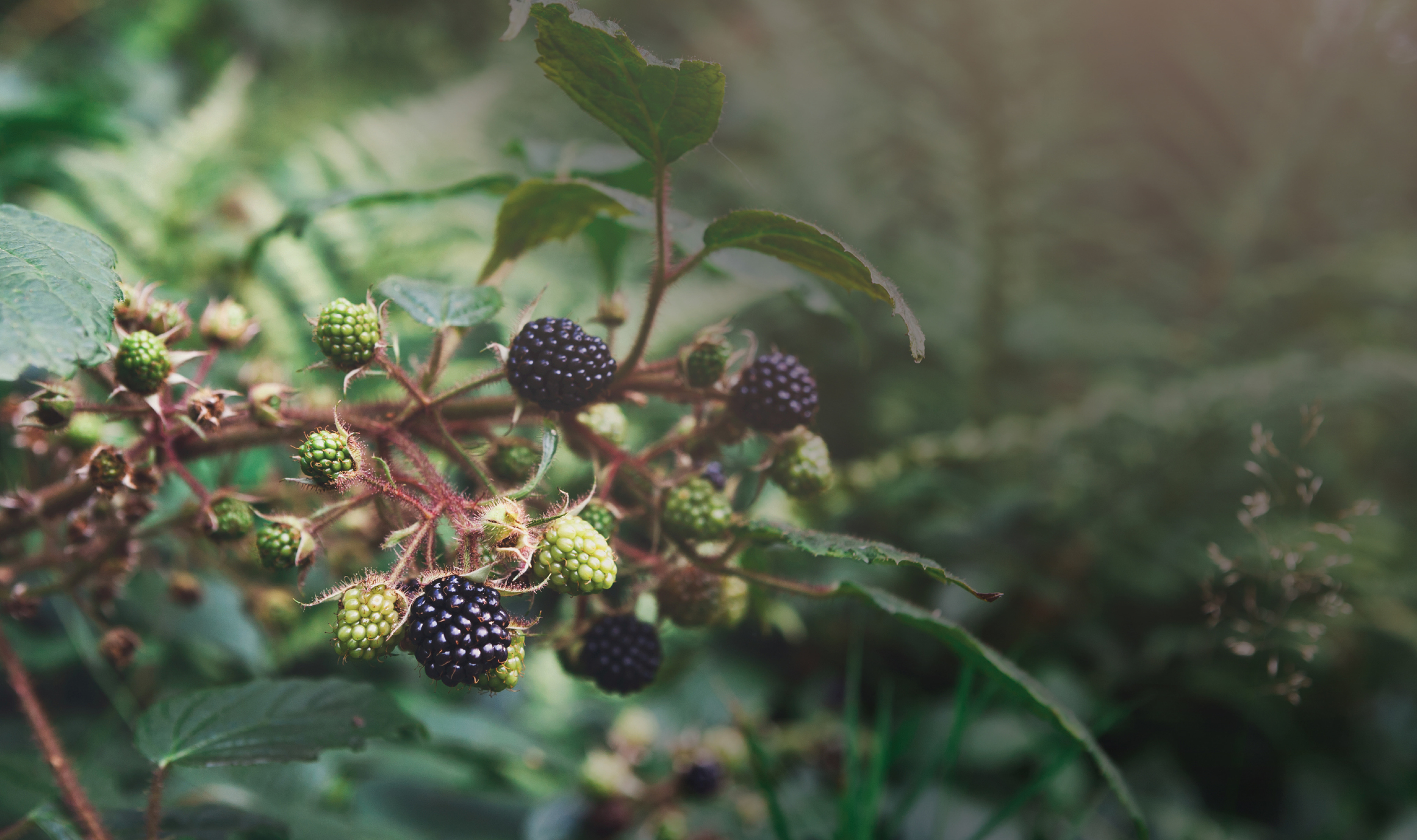
In memory of
Kim Ricketts, who always seemed happiest with a book, a baby, hosting a crowd, or in the middle of a berry patch picking fruit.
And
Jon Rowley, who generously shared his love of Shuksan strawberries, heirloom apples, perfect peaches, blackberry juice, and the value of good compost.
I think of you both in the garden.
Introduction
A few years ago I met an out-of-town friend for a long weekend in Portland. It was early July, and that Saturday morning we wandered the farmers market and sampled what was on offer. When we got to the berries she stopped and turned to me. Everything in the Northwest just tastes better, she said. Its as if you can taste the rain.
My friend is not wrong: the Pacific Northwest is an incredible climate for growing fruit. The damp winters and mild summers west of the Cascade Mountains are ideal for berries, while the sunshine found east of the mountains ripens acres of tree fruit. Whatcom County in Washington grows 85 percent of the US domestic red raspberry crop; Okanagan Country, which straddles the USCanadian border, produces blueberries, peaches, and cherries; while Oregon is home to one of the largest collection of currants, gooseberries, and jostaberries in the world. The amount of fruit that comes out of the Pacific Northwest is impressive.
But commercial growers shouldnt have all the fun. If you live in this region and have a small patch of land, you would do well to put in a berry bush or a fruit treeeven if you dont consider yourself a gardener. You can grow some varieties in containers as well. Berries and fruit trees require far less maintenance than growing vegetables, and the payoff is tasty.
I got hooked on growing berries the first summer I spent in the Pacific Northwest; I didnt even live here at the time. I was in Seattle just for a few months, staying in a borrowed house, when I saw raspberry canes being sold at the farmers market. The delicate serrated leaves brought back childhood memories of my mothers garden and the delight of popping a red, thimble-shaped berry into my mouth. I have two nieces, who were both very young at the time, and I wanted them to have this same experience.
So I bought two pots and planted them alongside the house I was staying in. When they yielded a small handful of fruit, my 3-year-old niece gobbled them up and smiled at me with raspberry-stained lips. In that moment I was hooked. By the end of the summer I had purchased two blueberry bushes and was propagating strawberries as well. In terms of reward-to-effort ratio, berries are fairly low maintenance and the yield is bountiful and sweet.
My introduction to fruit trees came a few years later, when my family bought a house in Seattle with a large garden that had been neglected for more than a decade. After the weeds had been cleared, we discovered nine mature apple and pear trees that had been cloaked in blackberry vines and bindweed. Weve since added fourteen morecherries, peaches, plums, and a quince tree. Now summers are filled with berries and autumns are filled with baskets of fruit. We do a lot of preserving as wellcanning, drying, and freezingto enjoy the fruit year-round.
Ive learned that fruit trees are, in some ways, even easier to maintain than berries. Unlike vegetable gardens that need to be weeded and watered, fruit trees spend a lot of time taking care of themselves, with the occasional check-in and seasonal maintenance. The reward is buckets of fruit, more than enough to share.
I still grow vegetables in my garden, but over the years Ive edited down the list of what Im willing to growonly solid producers I can rely on. I keep adding berries and fruit trees, however. Those first raspberries I bought still flourish in my current garden, along with three other varieties; I have twelve blueberry bushes, three elderberries, and twenty-three fruit trees. Thats probably more than most people want to take on, but anyone with a sunny patch of yard can enjoy growing their own fruit.
And here is the really astounding thing: if I were to walk away tomorrow, all those fruit trees and berry bushes would survive without me. They might not do as well, and they would eventually need to be pruned, but fruit is resilient. Barring catastrophe or construction, my berries and orchard will outlive me. Think of those pioneer-era farmhouses you can see throughout our region whose apple trees still yield fruit each fall, more than 100 years later.
Perhaps that is the final bit of pleasure in growing fruit. Beyond the berries picked still warm from the sun and the joy of tasting your first sweet cherry, youre planting something that will endureperhaps for generationsand continue to produce far into the future. When it comes to berries and fruit trees, youre not just planting a garden, youre planting a legacy.
Its a delicious legacy, one that will provide pleasure and fill bellies and larders for years to come.








